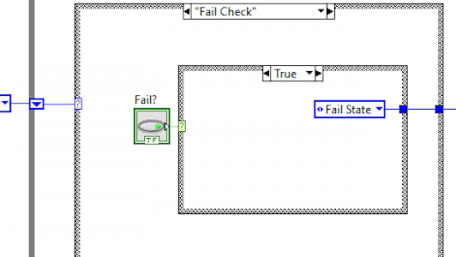
In this article, we show how to use a LabVIEW VI to program a state machine for industrial instrumentation systems.
In this article, we show how to use a LabVIEW VI to program a state machine for industrial instrumentation systems.
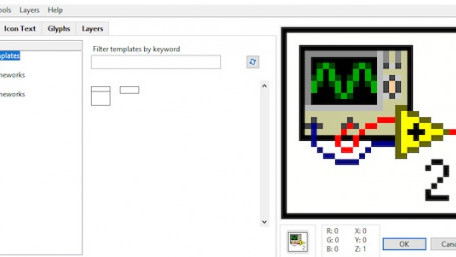
When programming large virtual instruments (VIs) in LabVIEW, it may be useful to create and call a sub-VI to enhance…
When programming large virtual instruments (VIs) in LabVIEW, it may be useful to create and call a sub-VI to enhance readability and delegation.
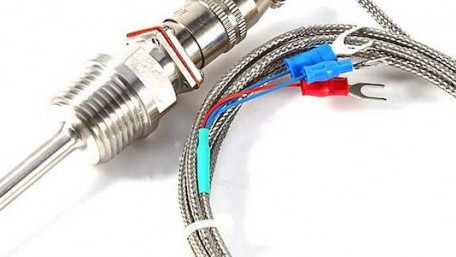
Signal conditioners are important components of industrial digital acquisition (DAQ) systems. Learn about different…
Signal conditioners are important components of industrial digital acquisition (DAQ) systems. Learn about different types, and their benefits and drawbacks.
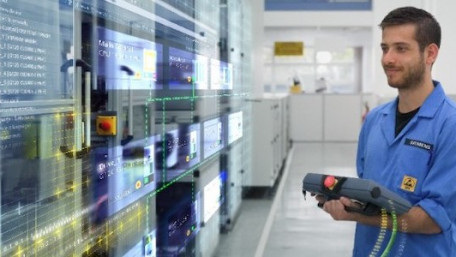
Learn the differences and similarities between human-machine interface (HMI) and supervisory control and data acquisition…
Learn the differences and similarities between human-machine interface (HMI) and supervisory control and data acquisition (SCADA) and how they work together.
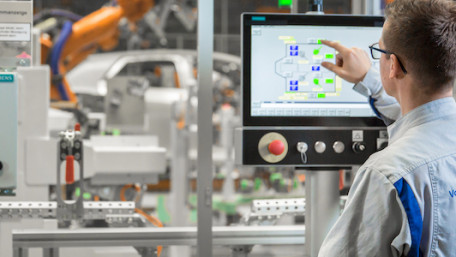
What are some considerations and challenges when integrating an HMI into an existing control system? Let’s dive into…
What are some considerations and challenges when integrating an HMI into an existing control system? Let’s dive into the benefits and challenges.
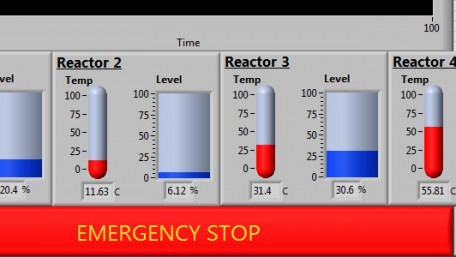
LabVIEW Virtual Instruments (VIs) can simulate tools like multimeters, which are useful for measuring in control systems.…
LabVIEW Virtual Instruments (VIs) can simulate tools like multimeters, which are useful for measuring in control systems. Read this article to learn more about designing around possible safety and readability blockers.
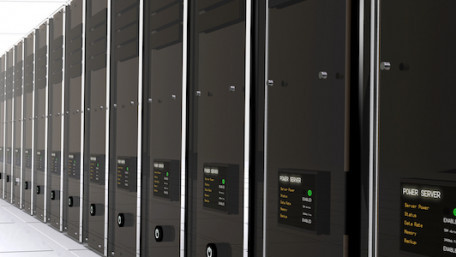
Although there are many similarities, there are also vast differences between office networks and industrial networks.…
Although there are many similarities, there are also vast differences between office networks and industrial networks. Find out what those differences are in this article.

Learn about Canadian Standards Association (CSA) and Underwriter Laboratories (UL) compliance and when/where you’ll…
Learn about Canadian Standards Association (CSA) and Underwriter Laboratories (UL) compliance and when/where you’ll need to have them.
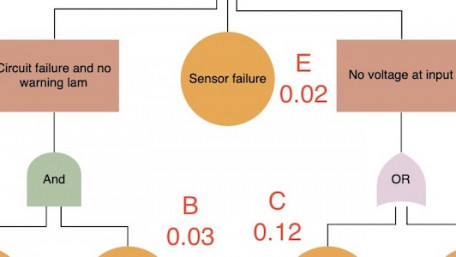
After learning about the basic events and symbols found within a fault tree, let’s dive through a fault tree analysis…
After learning about the basic events and symbols found within a fault tree, let’s dive through a fault tree analysis (FTA) example, industries that use it, and some software.
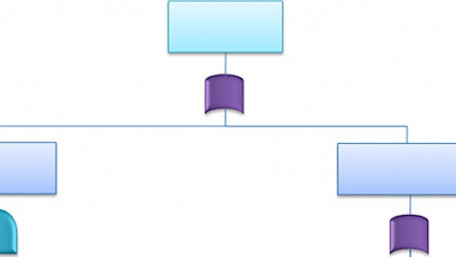
Fault Tree Analysis (FTA) can be used in industrial systems to find faults, damages, and predictive maintenance. Learn…
Fault Tree Analysis (FTA) can be used in industrial systems to find faults, damages, and predictive maintenance. Learn about FTA's basics.
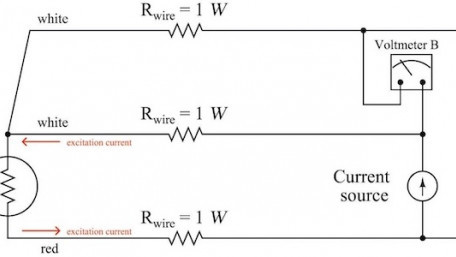
We already discussed a few limitations of resistance temperature detectors (RTDs); this article will explore the…
We already discussed a few limitations of resistance temperature detectors (RTDs); this article will explore the difference between two-wire, three-wire, and four-wire RTDs.
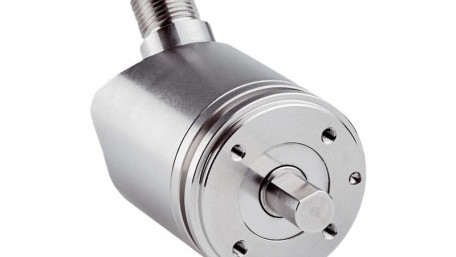
Learn about specific components used in feedback devices and some of the jargon you may encounter when working with servo…
Learn about specific components used in feedback devices and some of the jargon you may encounter when working with servo motion systems.
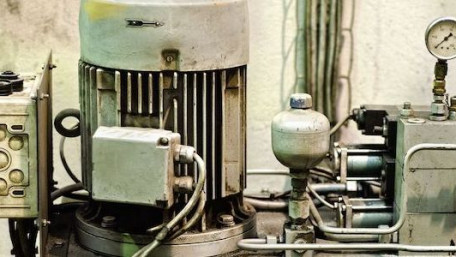
Trip classes protect motors from overcurrent, but when will an overload relay trip, why, and what trip class should you use?
Trip classes protect motors from overcurrent, but when will an overload relay trip, why, and what trip class should you use?

Industrial risk assessments can be qualitative or quantitative; discover which RA best suits your facility’s needs and why.
Industrial risk assessments can be qualitative or quantitative; discover which RA best suits your facility’s needs and why.

Learn how resistance temperature detectors (RTDs) work, how to calibrate one, advantages and disadvantages, and uses in industry.
Learn how resistance temperature detectors (RTDs) work, how to calibrate one, advantages and disadvantages, and uses in industry.

Each machine on the factory floor comes with risk; learn common safety risks and corresponding automation solutions.
Each machine on the factory floor comes with risk; learn common safety risks and corresponding automation solutions.
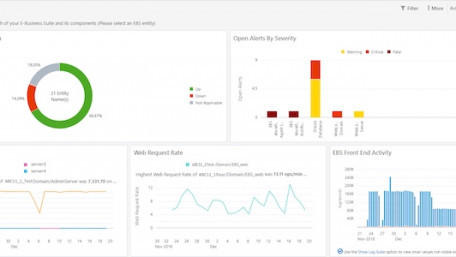
Explore several common ERP systems on the market and how engineers work with them in manufacturing facilities.
Explore several common ERP systems on the market and how engineers work with them in manufacturing facilities.
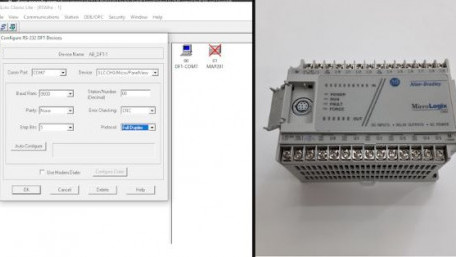
Data transmission rates are auto-negotiated in modern protocols, but for older serial connections, both devices must…
Data transmission rates are auto-negotiated in modern protocols, but for older serial connections, both devices must agree on what baud rate to use to ensure reliable communications.

Dive into why protocols are essential in industrial remote monitoring along with the most common types of open protocols…
Dive into why protocols are essential in industrial remote monitoring along with the most common types of open protocols seen in facilities.

This article in our continuing series about remote monitoring covers equipment and devices necessary to establish a…
This article in our continuing series about remote monitoring covers equipment and devices necessary to establish a remote monitoring mechanism.
